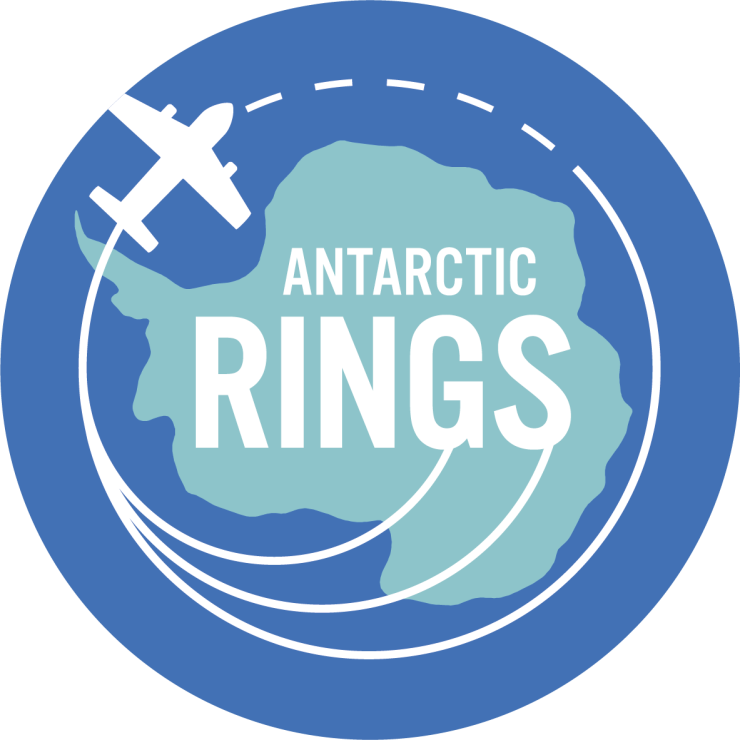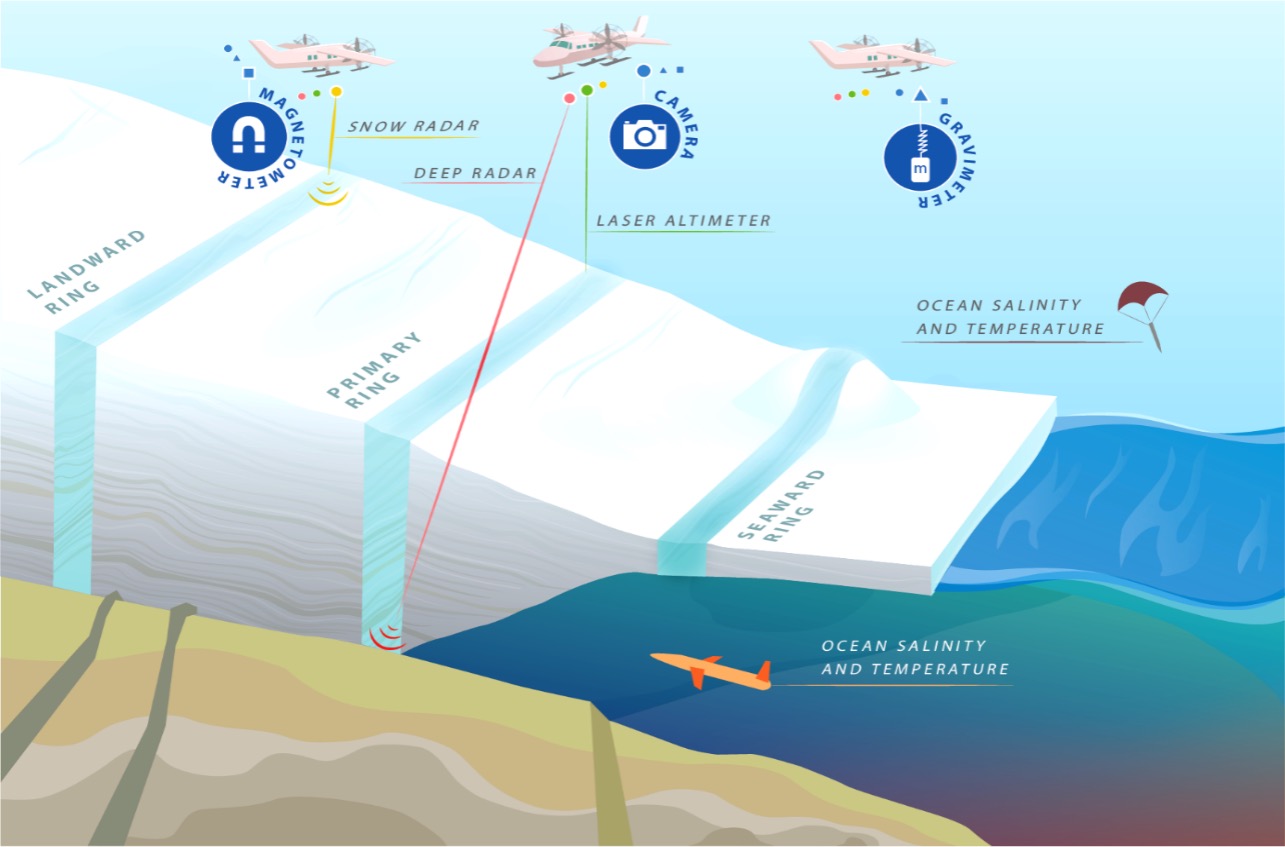 We are pleased to announce that the RINGS Action Group has published a suite of valuable new resources, which are now available in the RINGS Resources section of the SCAR website.
We are pleased to announce that the RINGS Action Group has published a suite of valuable new resources, which are now available in the RINGS Resources section of the SCAR website.
The RINGS Action Group focuses on improving scientific knowledge of Antarctic ice-sheet margins using airborne geophysical methods. Its goals are to identify and fill major observational gaps in coastal bed topography and bathymetry to address critical questions related to ice discharge and sea-level rise. This effort emphasises international collaboration and open data sharing, and is grounded in the principles of equality, diversity, and inclusion. COMNAP (Council of Managers of National Antarctic Programs) supports this through the COMNAP RINGS Collaboration Project, working closely with the SCAR RINGS Action Group to strengthen international cooperation.
A new RINGS-led community review paper, “Towards an improved understanding of the Antarctic coastal zone and its contribution to future global sea level” (Matsuoka et al., 2025), has been released on ESS Open Archive and is in review with Reviews of Geophysics: https://doi.org/10.22541/essoar.175241971.19851046/v1.
This comprehensive review outlines the critical role of Antarctica’s coastal zone in global sea-level change. It assesses current datasets and identifies observational gaps in bed topography and sub-ice-shelf bathymetry. The paper proposes coordinated international efforts to improve geophysical observations and develop next-generation datasets. It also presents new strategies for data acquisition and highlights priorities for future airborne surveys along three major rings encircling the continent.
The Figures presented in the RINGS Review Paper are available here as Powerpoint slides. You are welcome to use these figures to support RINGS scientific initiatives and collaborations, both within and beyond the RINGS community. When using the figures, please cite the paper above and acknowledge the main contributors for each figure, as indicated on the individual slides. Please note that both the figures and the underlying data may be revised during the peer-review process.
Datasets generated in this review paper are released as 11 individual datasets (listed under “datasets”) and a compiled Quantarctica friendly data package (listed under “publications”).

